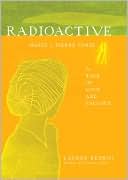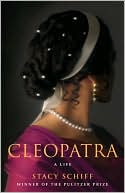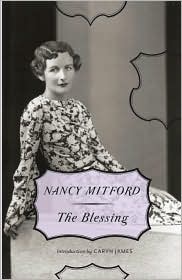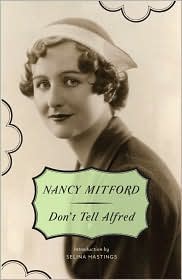If you believe that one good turn deserves another, or even if you don’t, it’s nearly axiomatic to the reader (the one who gets nervous finishing a book with the bedside pile depleted) that one good book leads to another. What follows is a rather extended example of that truism.
In 1891, 24-year-old Marie Sklodowska moved from Warsaw to Paris, where she found work in the laboratory of Pierre Curie, a scientist engaged in research on heat and magnetism. They fell in love. They took their honeymoon on bicycles. They expanded the periodic table, discovering two new elements with startling properties, radium and polonium. They recognized radioactivity as an atomic property, heralding the dawn of a new scientific era. They won the Nobel Prize. Newspapers mythologized the couple’s romance, beginning articles on the Curies with “Once upon a time . . . ” Then, in 1906, Pierre was killed in a freak accident. Marie continued their work alone. She won a second Nobel Prize in 1911, and fell in love again, this time with the married physicist Paul Langevin. Scandal ensued. Duels were fought. In the century since the Curies began their work, we’ve struggled with nuclear weapons proliferation, debated the role of radiation in medical treatment, and pondered nuclear energy as a solution to climate change. In Radioactive, appealingly designed and inspirationally illustrated, Lauren Redniss links these contentious questions to a love story in 19th Century Paris.
Like Marie Curie, Cleopatra was a woman, and you might think the relationship would end there. But in some strange (and not easily explainable) way, reading the first will make you want to read Cleopatra: A Life, by Pulitzer Prize-winning biographer Stacy Schiff. Or maybe it won’t, but that doesn’t really matter. Lacking the illustrations of the aforementioned book—no one knows for sure what Cleopatra looked like—the author brings to vivid life the most intriguing woman in the history of the world Her palace shimmered with onyx, garnets, and gold, but was richer still in political and sexual intrigue. Above all else, Cleopatra was a shrewd strategist and an ingenious negotiator. Though her life spanned fewer than 40 years, it reshaped the contours of the ancient world. She was married twice, each time to a brother. She waged a brutal civil war against the first when both were teenagers. She poisoned the second. Ultimately she dispensed with an ambitious sister as well; incest and assassination were family specialties. Cleopatra appears to have had sex with only two men. They happen, however, to have been Julius Caesar and Mark Antony, among the most prominent Romans of the day.
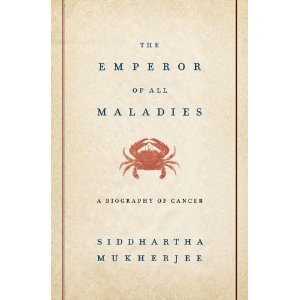
From one royalty to another (that may be the connection here) we come to The Emperor of All Maladies, which is truly a magnificent, profoundly humane “biography” of cancer—from its first documented appearances thousands of years ago through the epic battles in the 20th century to cure, control, and conquer it to a radical new understanding of its essence. Physician, researcher, and award-winning science writer, Siddhartha Mukherjee examines cancer with a cellular biologist’s precision, a historian’s perspective, and a biographer’s passion. The result is an astonishingly lucid and eloquent chronicle of a disease humans have lived with—and perished from—for more than 5,000 years. The story of cancer is a story of human ingenuity, resilience, and perseverance, but also of hubris, paternalism, and misperception. In the end, Mukherjee provides a fascinating glimpse into the future of cancer treatments. It is an illuminating book that provides hope and clarity to those seeking to demystify cancer.
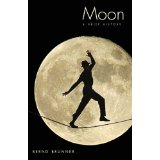
From one exploration to another, we arrive at werewolves and Wernher von Braun, Stonehenge and the sex lives of sea corals, aboriginal myths, and an Anglican bishop. In his new book, Moon, Bernd Brunner weaves variegated information into an enchanting glimpse of Earth’s closest celestial neighbor, whose mere presence inspires us to wonder what might be “out there.” Going beyond the discoveries of contemporary science, Brunner presents an unusual cultural assessment of our complex relationship with Earth’s lifeless, rocky satellite. As well as offering an engaging perspective on such age-old questions as “What would Earth be like without the moon?” Brunner surveys the moon’s mythical and religious significance and provokes existential soul-searching through a lunar lens.
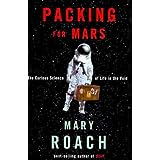
Or get ready for another trip with Packing for Mars, in which Mary Roach, best-selling author of Stiff and Bonk explores the irresistibly strange universe of space travel and life without gravity. Space is a world devoid of the things we need to live and thrive: air, gravity, hot showers, fresh produce, privacy, beer. Space exploration is in some ways an exploration of what it means to be human. How much can a person give up? How much weirdness can they take? What happens to you when you can’t walk for a year? have sex? smell flowers? What happens if you vomit in your helmet during a space walk? Is it possible for the human body to survive a bailout at 17,000 miles per hour? To answer these questions, space agencies set up all manner of quizzical and startlingly bizarre space simulations. As the author discovers, it’s possible to preview space without ever leaving Earth.
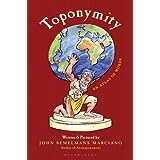
If you are determined to travel, but closer to home, consider this: It’s no secret that America’s cookouts owe a lot to the exports of the European towns of Frankfurt and Hamburg, but we may not realize how much we’ve taken from two others, Budweis and Pilsen. Likewise, we know who to thank for Panama hats and Bermuda shorts. But did you know that Tuxedo Park, New York, brought Americans a staple of formal wear? Or that the Bikini Atoll gave us something dramatically less formal? In Toponymity, an ingenious follow-up to the popular Anonyponymous, John Bemelmans Marciano brings us a new, geographical, way of thinking about words. This book takes us on a lively tour of American, European, and world history, revealing our linguistic heritage in all its richness and—to use another toponym—serendipity. Illustrated with maps drawn in Marciano’s witty style, this book is consistently smart, entertaining, and enlightening. It makes a perfect gift for language lovers, whether they come from Cologne, Germany, or the Canary Islands.
From the physical to the philosophy, we can examine how to get along with people, how to deal with violence, how to adjust to losing someone you love. They are all versions of a bigger question: how do you live? How do you do the good or honorable thing, while flourishing and feeling happy? This question obsessed Renaissance writers, none more than Michel Eyquem de Monatigne, perhaps the first truly modern individual. A nobleman, public official and wine-grower, he wrote free-roaming explorations of his thought and experience, unlike anything written before. He called them “essays,” meaning “attempts” or “tries.” Into them, he put whatever was in his head: his tastes in wine and food, his childhood memories, the way his dog’s ears twitched when it was dreaming, as well as the appalling events of the religious civil wars raging around him. In How to Live: Or A Life of Montaigne in One Question and Twenty Attempts at an Answer, Sarah Bakewell relates the story of his life by way of the questions he posed and the answers he explored. It traces his bizarre upbringing, youthful career and sexual adventures, his travels, and his friendships with the scholar and poet Étienne de La Boétie and with his adopted “daughter,” Marie de Gournay. And we also meet his readers—who for centuries have found in Montaigne an inexhaustible source of answers to the haunting question, “how to live?”
